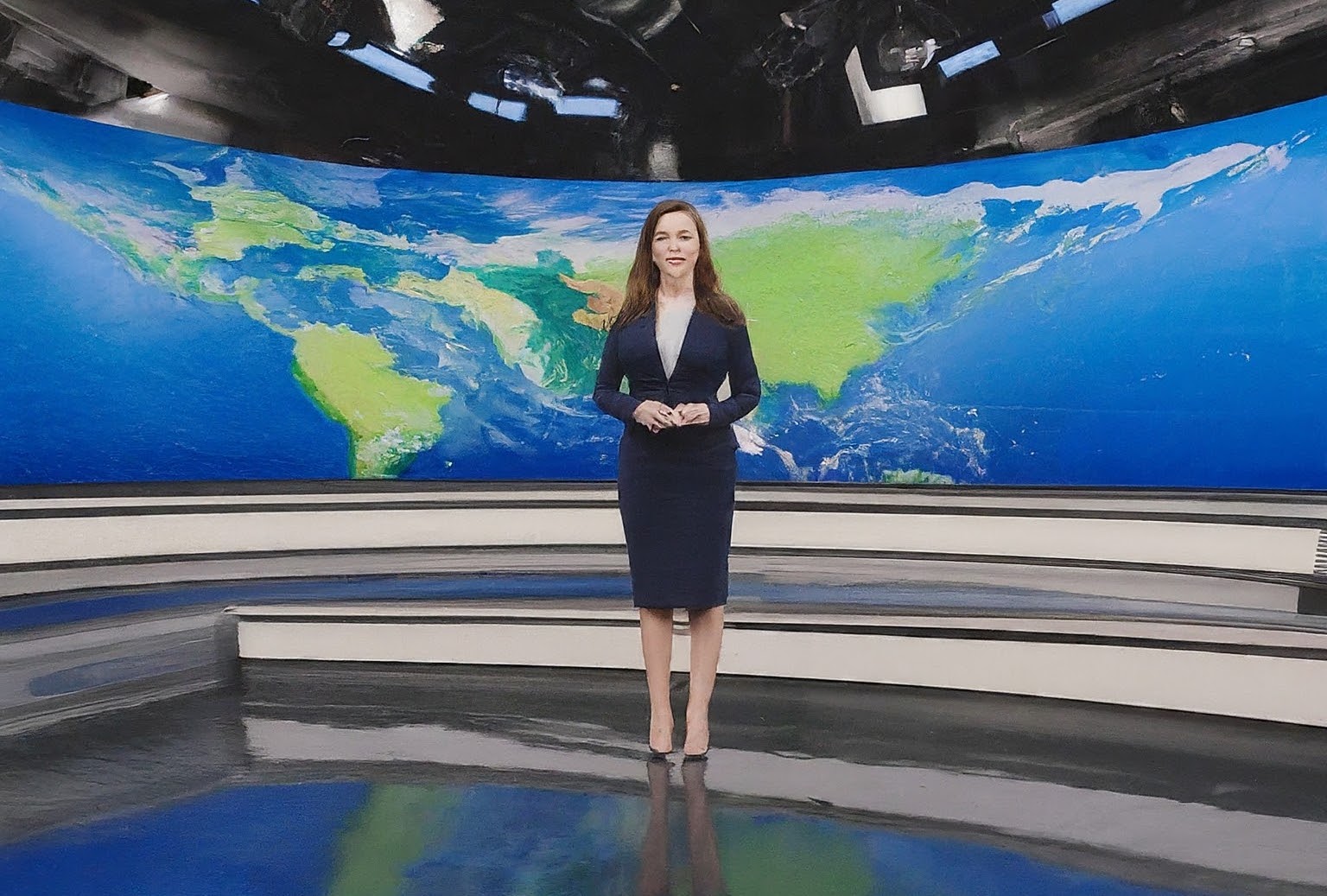Weathercasters Take on Climate Misinformation: Navigating the Information Landscape for Climate Understanding
In the midst of the dynamic weather patterns and shifting public opinions, television weathercasters are emerging as pivotal allies in the battle against climate misinformation. Once confined to delivering daily forecasts, these weather experts are now utilizing their influential platforms to educate the public and counter misleading narratives about climate change.
Accuracy as the Anchor: Central to their efforts is an unwavering commitment to scientifically sound reporting. Relying on reputable sources such as the National Oceanic and Atmospheric Administration (NOAA) and the Intergovernmental Panel on Climate Change (IPCC), weathercasters ground their reports in data and evidence. They avoid language that sugarcoats the situation or amplifies misleading narratives, translating complex scientific concepts into relatable terms for a broader audience.
Technology to the Rescue: Weathercasters are using computer models to predict what will happen in the future. Sophisticated computer programs form the core of contemporary meteorology, employing algorithms, extensive datasets, and state-of-the-art technology to simulate and forecast weather patterns.
Localizing the Global: While climate change is a global phenomenon, its impacts are felt locally through rising temperatures, extreme weather events, and disrupted ecosystems. Weathercasters bridge this gap by highlighting tangible effects on viewers’ homes and lives. Personal stories and compelling visuals personalize the issue, fostering a sense of shared vulnerability and urgency.
Confronting the Clouds of Misinformation: Misinformation thrives in ambiguity, a challenge weathercasters actively tackle. They directly call out false claims, providing clear corrections and leveraging their established credibility to debunk common myths. Interviews with climate scientists and experts bring additional voices into the conversation, fortifying the scientific consensus against misinformation.
Partnering for a Brighter Future: Recognizing the limitations of individual action, weathercasters increasingly collaborate with climate organizations. Joint educational content, outreach campaigns, and workshops broaden their reach and amplify their message. Advocacy for climate-friendly policies leverages their influence to push for systemic change.
Embracing the Digital Forecast: The information battlefield extends beyond traditional broadcasts. Weathercasters are utilizing interactive tools and data visualizations on social media to make climate data more accessible and engaging. Exploring the potential of incorporating climate projections into their forecasts equips viewers with insights into future risks and preparedness strategies.
While challenges such as limited airtime, political pressures, and audience skepticism exist, TV weathercasters are showcasing a growing commitment to combating climate misinformation. Through accurate reporting, local impact narratives, direct engagement, strategic partnerships, and technological innovation, they navigate these complex currents. As they persist in their efforts, weathercasters hold the potential to clear the skies of misinformation and illuminate the path toward a more sustainable future.










